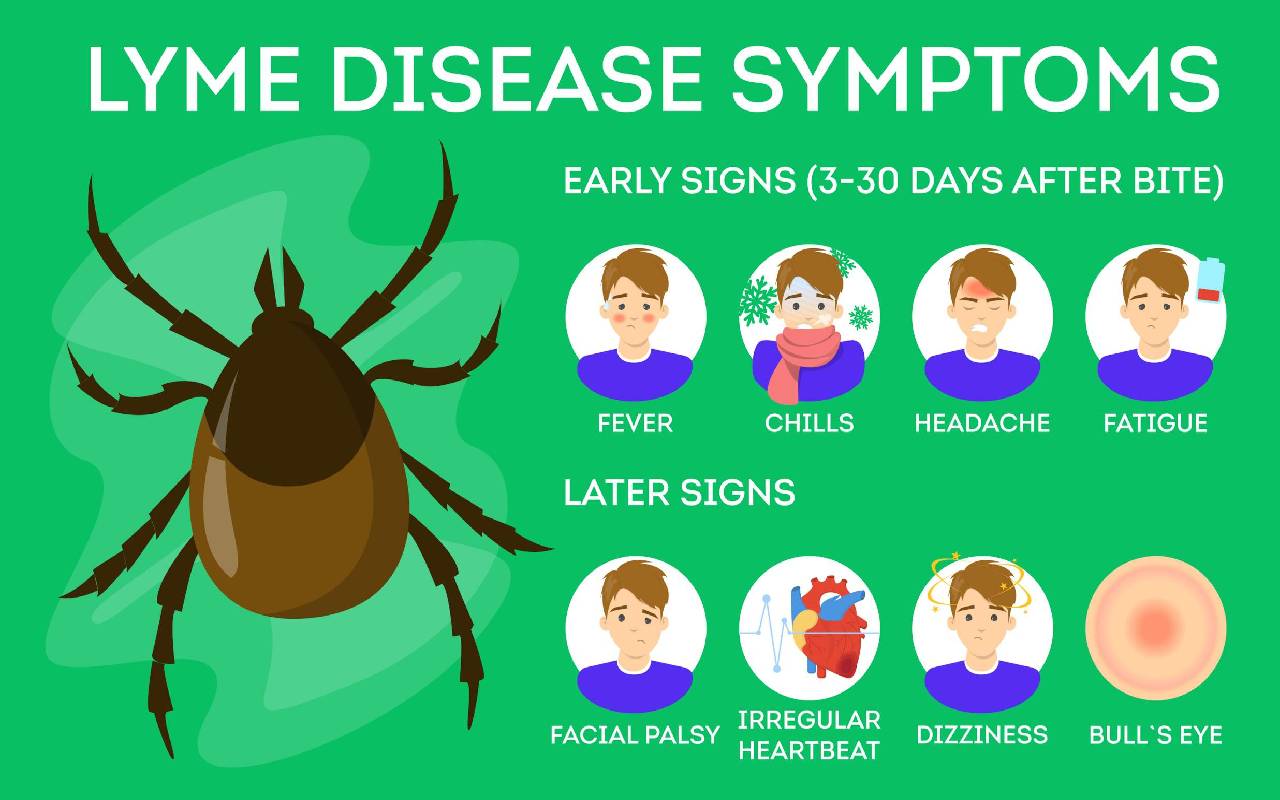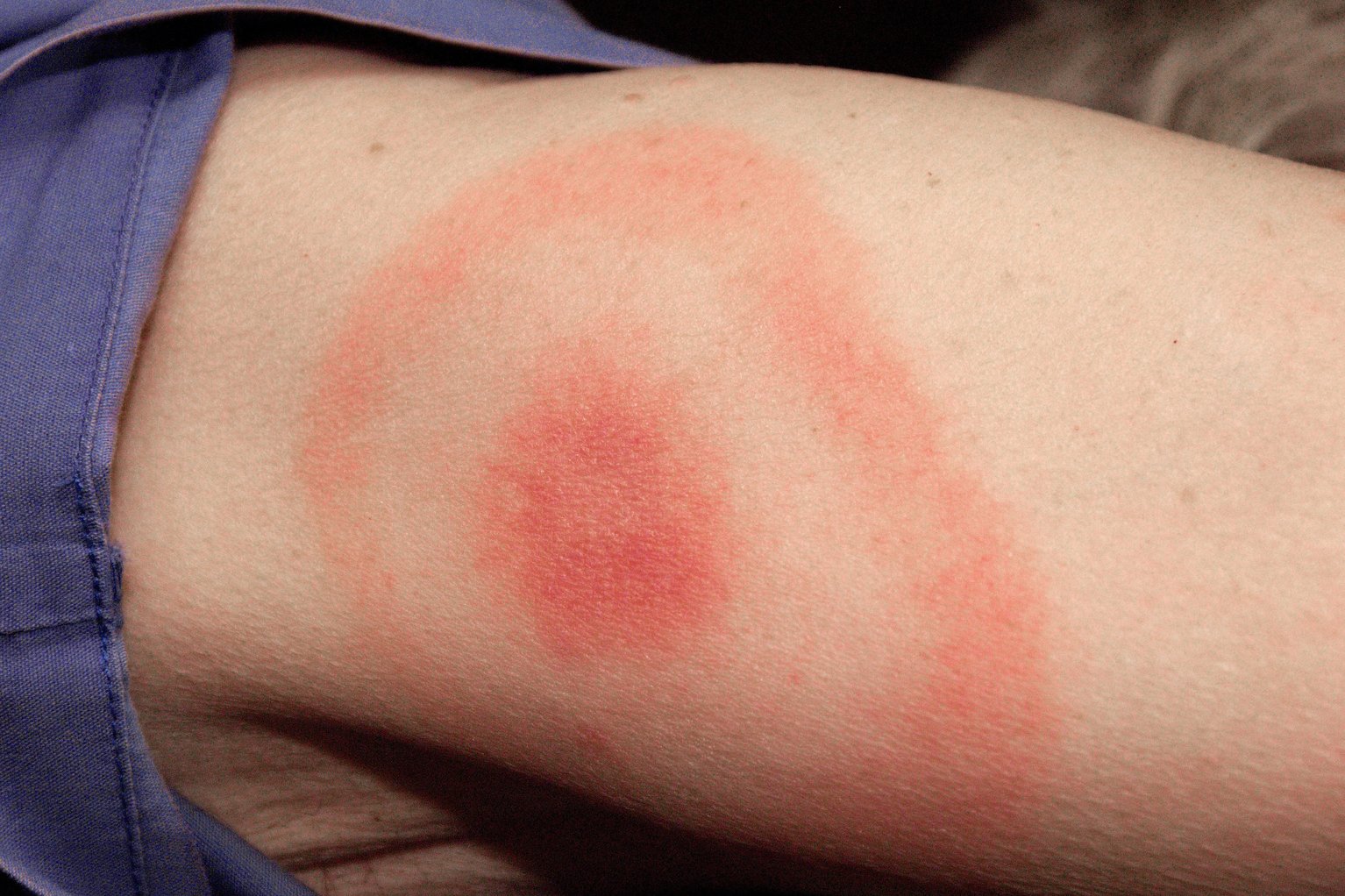Lyme Disease: Unraveling the Tick-Borne Illness Supermodel Bella Hadid Suffers From

Lyme Disease: Unraveling the Tick-Borne Illness Supermodel Bella Hadid Suffers From
Supermodel Bella Hadid recently took to Instagram to share a candid health update with her followers. In her post, she revealed her ongoing battle with Lyme disease, an infection she contracted in 2013 from a tick bite. She opened up about the challenges she has faced while managing the disease, especially amidst her demanding work and personal commitments. Bella expressed that the toll it has taken on her is difficult to articulate, but she reassured her fans that she is doing alright and asked them not to worry about her.
Lyme disease is a tick-borne illness caused by the bacteria Borrelia burgdorferi, as well as other strains like Borrelia garinii and Borrelia afzelii. It is typically transmitted through the bite of black-legged ticks that carry these bacteria. Bella Hadid’s mother, Yolanda, and her brother, Anwar Hadid, also suffer from Lyme disease, having been diagnosed in 2012 and 2013 respectively. The Hadid family’s experience sheds light on the importance of awareness and understanding about tick-borne diseases, as well as the challenges that individuals and their loved ones face while managing such health conditions.
During an interview, Dr. Santosh Aggarwal, a Senior Consultant in Internal Medicine at Marengo Asia Hospitals in Faridabad, provided insights into Lyme disease. He elaborated on its definition, symptoms, causes, and treatment.

What is Lyme disease?
Lyme disease is an infectious illness transmitted by ticks. The disease is triggered by the bacterium Borrelia burgdorferi. It predominantly targets various body parts, including the skin, nervous system, heart, and joints. The disease’s name stems from Lyme, Connecticut, where it was initially recognized after affecting children in 1976.
Dr. Aggarwal’s explanation concisely overview Lyme disease and its fundamental characteristics. The disease’s multi-faceted impact on different bodily systems underscores its manifestations’ complexity and potential severity.
Causes of Lyme disease
Humans predominantly contract Lyme disease through the bite of black-legged ticks, often referred to as deer ticks. These ticks serve as carriers of the Borrelia bacteria responsible for causing the disease. These ticks are commonly found in environments such as wooded areas or grassy landscapes. When they attach themselves to humans or animals during their feeding process, they have the potential to transmit the bacteria.

Symptoms of Lyme disease
The symptoms associated with Lyme disease can manifest diversely, influenced by the stage of infection. This variability can often complicate accurate diagnosis, as the symptoms overlap with other illnesses. The disease generally advances through three distinct stages:
Stage 1: Early localized stage
Stage 1, known as the early localized stage, typically occurs between 3 to 32 days after being bitten by an infected tick. During this stage, early symptoms might include the development of a circular rash with a clear center, known as erythema migrans. This rash could expand gradually, resembling the appearance of a bull’s-eye pattern.
Preferred sites are thigh, groin and axilla.
Stage 2: Disseminated infection
Stage 2 marks the disseminated infection phase. Symptoms during this stage encompass:
- Rash
- Fever
- Chills
- Severe headache
- Stiffness in the neck
- Profound weakness
- Muscle and joint discomfort
- Swollen lymph nodes
- Eye involvement
- Cough

Complications when Lyme disease is not treated
Dr. Santosh Aggarwal emphasizes that if Lyme disease remains untreated for an extended period, which could be several weeks or even months, individuals may experience more severe consequences. Neurological complications can emerge, including conditions such as meningitis, which involves inflammation of the membranes covering the brain tissue. Encephalitis, characterized by inflammation of the brain itself, may also occur. Additionally, issues with motor function can arise, such as difficulty walking, a condition termed ataxia. Facial paralysis can also be a result of untreated Lyme disease.
Furthermore, individuals might face cardiac abnormalities, with some patients developing an irregular heartbeat known as heart blocks. Inflammation of the heart muscles and the membrane covering them, called myopericarditis, can also manifest. In some cases, these complications can lead to heart failure. During this stage of the disease, experiencing musculoskeletal migratory pain is a common occurrence.
Stage 3: Persistent infection
Untreated Lyme disease that persists over a span of months or even years can result in intensified and prolonged symptoms that impact various aspects of health. These symptoms have the potential to affect not only the joints but also the nervous system and other organs. Some of the more severe and enduring symptoms that might develop during this extended period include:
– Intense joint pain and swelling, leading to frank arthritis.
– Disruptions in memory, mood, and sleep patterns, indicating cognitive and emotional disturbances.
– Nerve pain, medically referred to as peripheral neuropathy, which can lead to discomfort and sensory abnormalities.
It’s essential to recognize that the distinctive rash commonly associated with Lyme disease might not manifest in all cases. As a result, some individuals might present with symptoms that do not align with the typical expectations of the disease, making diagnosis and proper medical management challenging. This highlights the need for medical professionals to consider a comprehensive range of symptoms when evaluating potential cases of Lyme disease.

Diagnosis and treatment
Early detection and prompt treatment play a crucial role in achieving a successful recovery from Lyme disease. Various methods are employed to diagnose the infection, including culture, PCR, and ELISA serology. When it comes to treatment, antibiotics are the primary approach. Commonly prescribed antibiotics for Lyme disease encompass doxycycline, amoxicillin, cefuroxime, and ceftriaxone. The choice of antibiotic and the duration of treatment will be determined by the disease’s stage and individual factors.
For individuals in the early stages of Lyme disease, a course of oral antibiotics is typically effective. In contrast, more advanced stages might necessitate the use of intravenous (IV) antibiotics for an extended period.
Dr. Aggarwal underscores the importance of seeking medical attention promptly if an individual suspects they have been bitten by a tick or are exhibiting symptoms consistent with Lyme disease. Left untreated, Lyme disease can lead to significant debilitation, making early diagnosis and intervention essential for averting potential complications. He also emphasizes preventive measures such as wearing protective clothing, using insect repellent, and conducting tick checks following outdoor activities as effective ways to mitigate the risk of contracting Lyme disease.




